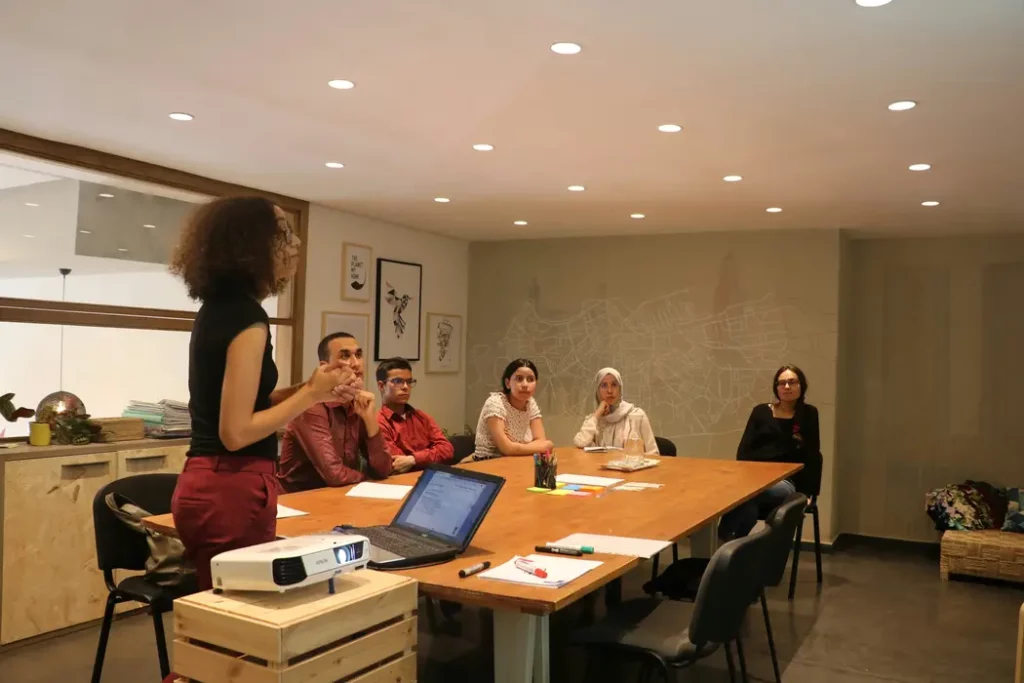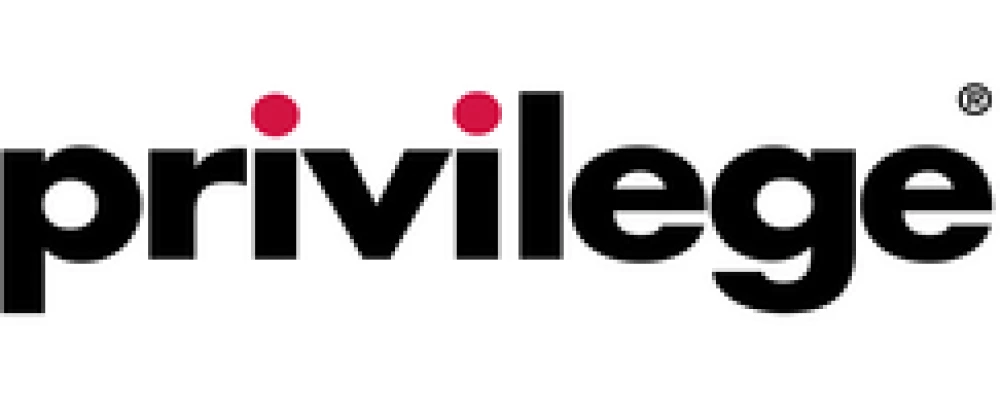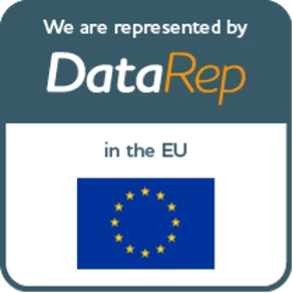What are projective techniques in qualitative market research?
Projective techniques were originally developed in the 1960’s for use in clinical psychology.
The projective techniques that are used in qualitative market research today take the form of deliberately ambiguous, interpretive exercises, whereby respondents’ subconscious thoughts and feelings relating to the brand or concept in question are projected using less challenging, more easily described, everyday objects or activities.
For example, to identify the associations that respondents have in relation to Brand A, they may be asked to describe that brand as a car, detailing its make, colour, age, condition, performance and interior features. Respondents might also be asked to describe their own feelings towards the vehicle and what they like or dislike about it.
This indirect approach allows respondents to access thoughts and feelings in relation to the brand that they may not even have been aware that they had – and almost certainly wouldn’t have been able to articulate had a more direct form of questioning been used.
How do you measure System 1 thinking with projective techniques?
According to Daniel Kahneman, with regard to the everyday brands we buy and use, the vast majority (some estimates put the figure as high as 95%) of our information-processing and decision-making is undertaken by the subconscious, System 1 mind.
This has major implications for marketers and researchers.
It means that if we are to gain real understanding of the relationship between brand and consumer we need to be able to bypass the logical, System 2 brain and access the sub-conscious, System 1 mind, where so much of our brand decision-making is undertaken.
The challenge for the researcher is that the contents of the System 1 brain are deeply embedded, difficult to access and even more difficult to articulate.
As a result, direct questions that tackle the subject head-on, such as ‘How would you describe the character of the brand?’, or ‘What experience draws you to the brand?’, or ‘‘Why do you think that you identify with the brand so strongly?’, are likely to be met with looks of bemusement.
Instead, the sub-conscious nature of System 1 thinking combined with the inherently challenging nature of such questions requires an indirect approach; one that is sufficiently ambiguous and creative in nature that the respondent feels they have licence to answer creatively and imaginatively.
It is then that System 2 thinking is engaged and projective techniques have an important role to play.
The conscious, subconscious and unconscious: Sigmund Freud’s view of the mind
Before we move on to consider projective techniques in greater detail, it is worth also spending a little time considering Freud’s view on the mind and how it works.
According to Freud, the mind is made up of 3 ‘layers’;
- The conscious – responsible for 20% of our daily processing
- The sub-conscious – responsible for around 50% of processing
- The unconscious – responsible for 30-40% of processing
What is the conscious mind?
The conscious mind focuses our attention and imagination in the present and processes events as they occur, before retaining the information in the short term, or allocating it to either the subconscious or unconscious mind – depending on its degree of perceived relevance.
What is the subconscious mind?
The layer of the mind just below the conscious. It acts as the repository for recent events and ‘important’ information that we need to recall quickly or frequently. These may include current phone numbers, names and directions, as well as recurring thoughts, feelings and behaviours. It is also the seat of implicit knowledge – the things that we know so well we do them without thinking.
What is the unconscious mind?
Buried below the subconscious, but acting in tandem with it. The unconscious too stores information and memories, but ones that occurred in the more distant past or are of less importance. It is also home to some of our most deep-seated emotions – potentially formed during childhood – including our deepest fears and most basic desires and behaviours. Some of those emotions or memories may even have been repressed, to the extent that we are no longer aware of them.
Daniel Kahneman vs Sigmund Freud
Freud’s and Kahneman’s hypotheses are broadly aligned, although what Kahneman describes as the System 1 mind, Freud breaks down in to two components – the subconscious and the unconscious.
Using Freud’s view of consciousness, we can conclude that most projective techniques succeed in accessing the subconscious rather than the unconscious mind. This is because the experiences, thoughts and emotions within the subconscious are:
- Easier to access
- More straightforward to express and understand
- More relevant to the goods and service brands we use on a regular basis
- Potentially more in tune with System 1 thinking.
How to use projective techniques in market research
Projective techniques are most often used to obtain detailed, perceptual feedback on existing brands.
However, they are equally capable of obtaining similar, strategic insights in relation to new brand concepts, product and service ideas, storyboards, TV advertisements and other forms of marcoms – so long as they have a strong brand component.
The findings will typically be incorporated within the qualitative debrief, adding weight and detail to the brand analysis.
However, they may be taken further, serving as the basis for additional quantitative work or to inform the development of a Usage and Attitude study. Brandspeak uses these projective techniques as part of our brand tracking services.
Where the qualitative research is followed by further brand development work based on its findings, another round of research may subsequently be commissioned, in order to run the same projective exercises with different respondents, to determine if and how brand perception has evolved.
Those perceptions may address one or all of the following:
- Spontaneous brand associations, likes and dislikes
- The brand’s proposition and positioning
- Target audience
- USPs
- The brand’s personality and essence
- The brand’s values – including perceived strengths and weaknesses
Projective techniques are most widely applied in B2C research but can be used in the context of B2B brands too.
They are most suited to a focus group (either face-to-face or online) environment but can also be applied to good effect within 1-2-1 interviews.
Potential pitfalls when using projective techniques
There are some potential pitfalls to be considered when using projective techniques;
- Different projective techniques have different strengths and present different challenges to both moderators and respondents. it is important that the researcher understands when it is / isn’t appropriate to use each one
- The success of any projective technique is also dependent on the mood and cohesiveness of the focus group. If the projective is introduced too early, respondents are likely to be insufficiently relaxed or confident to throw themselves in to the exercise. Similarly, if they haven’t had enough time to gel as a group, the individuals concerned are unlikely to want to draw attention to themselves by committing wholeheartedly to the projective exercise
- The moderator must make the exercise simple and explain it with confidence. Providing too much information means that respondents will try to rationalise the exercise, meaning that they will employ System 2 thinking instead of System 1. Providing too little means that respondents are again likely to lack the confidence to contribute wholeheartedly
Potential pitfalls when analysing the output of projective techniques
During the analysis stage the researcher must also resist the temptation to over-analyse and make deductive leaps that the respondents’ projections don’t actually support.
Instead, the researcher will ideally use more than one projective exercise or follow-up with another form of questioning, so that emerging themes can be cross checked.
What are the most commonly used projective techniques?
Whilst most projective techniques will elicit a wide variety of brand-related insights, we find that some techniques are better than others for meeting certain brand objectives.
In this section we provide examples of those objectives and the projective techniques that work best in each case.
Brand context
i) Bring along
For this projective technique respondents are invited to bring along to the focus group an item that they associate with the brand or situation in question.
For example, respondents may be asked to bring to the group items that represent what they most associate with eating Cadbury’s chocolate, Apple iphones, all-inclusive holidays, at-home DIY projects or home baking (these are all subjects that Brandspeak has successfully used this approach for in the past).
When thinking about what to bring, respondents are asked to look beyond the obvious and think about the items they could bring within the context of the prevailing mood or emotion at the time in question.
During the group, respondents are then asked to explain the reason for the item they brought along and the moderator can probe with regard to the underlying associations and emotions.
This exercise can reveal a lot about the individual who is explaining the item. In addition, the conversation generated by the item will provide additional insights from the other members of the group.
Brand personality, values, features / benefits, proposition, USPs
The project techniques in this section are great for identifying perceptions of the brand’s personality and distinctive assets, many of which will be rooted in its advertising (past and present) and in the customer experience it delivers.
i) You are invited to a party…
The party projective involves asking the respondents to imagine that Brand X is throwing a party and that they are invited.
Respondents can be asked:
- What sort of a party it is (e.g. dinner party, rave)
- Where the party is being held?
- How excited they are at the prospect of going to the party?
- What is the mood in the party when they arrive?
- What else do they first notice upon entering?
- What different types of people are at the party?
- The sort of music being played?
- The conversations they can overhear?
- What is good about the party – and what isn’t?
- Who is enjoying the party who isn’t – and why?
ii) Imagine Brand X as a person….
Instead of projecting the brand as a party, it can instead be turned in to a person. That person could be a celebrity, a personal acquaintance, an historical figure or an avatar.
Again, the role of the exercise is to help identify the characteristics, qualities and emotions that respondents most associate with the brand in question.
Respondents are first asked to explain why they have selected that person (i.e. why they feel that person is most closely associated with the brand in question) before being probed on various aspects of their appearance, personality and personal qualities, shortcomings, friendship group and so on.
Customer experience
The role of the customer experience projective is primarily to capture how the customer experience provided make people feel both in the moment and towards the brand more generally – both emotionally and rationally.
As such , customer experience projectives are most suitable for assessing service or experience-led e.g. retail and social media) brands.
i) What are they saying to each other?
This projective most often takes the form of a pre-prepared drawing of two or more people, at least one of whom is likely to represent the brand. Above each person is an empty speech bubble.
The moderator may either provide the context (e.g. a customer service situation) for the picture or let the respondents decide that for themselves.
The respondents are asked to fill-in each speech bubble with the words they feel would be most appropriate and representative in the given situation. The exercise can be repeated several times, to cover different customer experience scenarios.
This projective technique is very appropriate for identifying and exploring both positive and negative customer experience moments and the feelings they give rise to.
ii) You play X and I’ll play Y…
This customer experience projective takes the form of role play. It’s quite a tough one for B2C respondents because it typically takes them far outside their comfort zone.
On the other hand, it can work well in B2B employee groups, particularly if one of the employees is also playing the customer.
The specific, customer service scenario is agreed in advance and the roles of those playing the brand and the consumer are loosely defined in the brief given by the moderator, who also determines who starts the interaction.
Typically, there is no pre-determined outcome. That is down to the respondents playing the individual parts.
Brand USPs, strengths and weaknesses
The following exercises are very suitable for exploring the:
- Strength of existing brand propositions / USP’s
- Potential of new product or service concepts
i) I must stay in the balloon because…
This is a great projective technique for assessing the perceived, strengths and weaknesses of different, competing brands, or for brands operating within the same portfolio. It also works well when comparing a number of new product or service ideas.
All the participants are informed that they are in a hot air balloon that is plummeting to earth. Having jettisoned the available ballast, the passengers are now debating amongst themselves about who should leave the balloon to ensure its survival.
Each player is ascribed a brand that they must personify. Their task is then to present the competitive case for that person / brand . After each player has presented their case, moderated debate ensues before a vote may be taken about the order in which brands should stay and which should leave the balloon.
ii) All rise…
The ‘courtroom drama’ provides a useful alternative to the balloon projective when comparing the strengths and weaknesses of just one or two brands.
The respondents are broken in to two teams of prosecutors and defendants. The defendants are presenting the case for the brand or idea, whilst the prosecutors present the case against it – or a competitor brand.
The moderator can act as the judge who may also identify the individual criteria the two sides should be addressing in their arguments.
All-encompassing
i) Brand collage
Often, the role of the projective technique is simply to identify as many different types of brand associations as possible. On these occasions the brand collage works well.
Respondents may be asked to work in pairs and using suitable magazines, create collages that sum up their perceptions of the brand(s) in question. For this exercise, they should be encouraged to identify not just suitable images, but colours, shapes, and individual words.
This exercise requires a stack of suitable magazines and sufficient time for respondents to do justice to the task.
Once the collages have been created, a moderated discussion ensues regarding the themes emerging both by collage, and overall – across the different collages.
Once the themes have been identified, each theme is explored by the group in turn, to identify how it relates to the brand in question.
How do I conduct Projective Techniques for my brand?
Curious about how projective techniques can enhance your qualitative research efforts?
For more information on our qualitative research, projective techniques and the other proprietary methods used to identify how consumers really see and feel about your brand, please contact us on +44 (0)203 858 0052 or at enquiries@brandspeak.co.uk +44 (0) 203 858 0052














